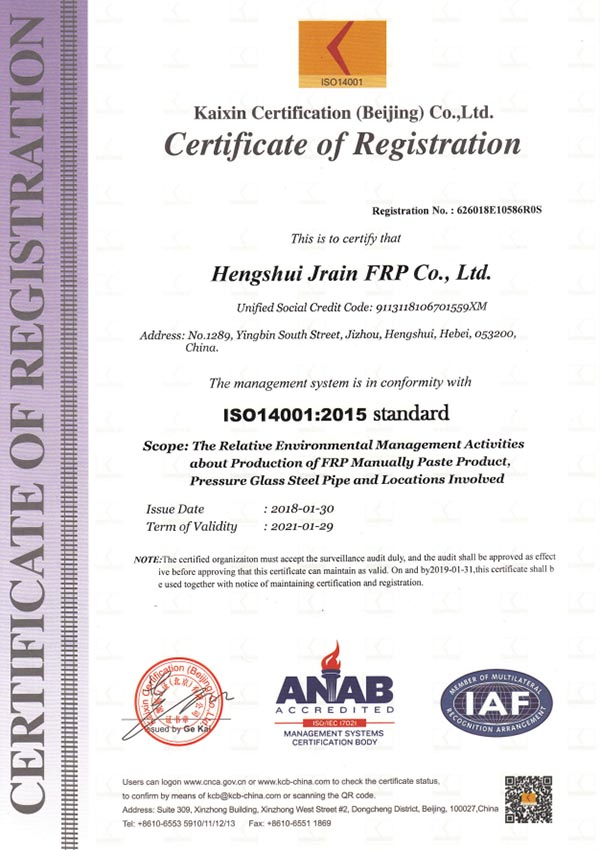
-
 Afrikaans
Afrikaans -
 Albanian
Albanian -
 Amharic
Amharic -
 Arabic
Arabic -
 Armenian
Armenian -
 Azerbaijani
Azerbaijani -
 Basque
Basque -
 Belarusian
Belarusian -
 Bengali
Bengali -
 Bosnian
Bosnian -
 Bulgarian
Bulgarian -
 Catalan
Catalan -
 Cebuano
Cebuano -
 China
China -
 China (Taiwan)
China (Taiwan) -
 Corsican
Corsican -
 Croatian
Croatian -
 Czech
Czech -
 Danish
Danish -
 Dutch
Dutch -
 English
English -
 Esperanto
Esperanto -
 Estonian
Estonian -
 Finnish
Finnish -
 French
French -
 Frisian
Frisian -
 Galician
Galician -
 Georgian
Georgian -
 German
German -
 Greek
Greek -
 Gujarati
Gujarati -
 Haitian Creole
Haitian Creole -
 hausa
hausa -
 hawaiian
hawaiian -
 Hebrew
Hebrew -
 Hindi
Hindi -
 Miao
Miao -
 Hungarian
Hungarian -
 Icelandic
Icelandic -
 igbo
igbo -
 Indonesian
Indonesian -
 irish
irish -
 Italian
Italian -
 Japanese
Japanese -
 Javanese
Javanese -
 Kannada
Kannada -
 kazakh
kazakh -
 Khmer
Khmer -
 Rwandese
Rwandese -
 Korean
Korean -
 Kurdish
Kurdish -
 Kyrgyz
Kyrgyz -
 Lao
Lao -
 Latin
Latin -
 Latvian
Latvian -
 Lithuanian
Lithuanian -
 Luxembourgish
Luxembourgish -
 Macedonian
Macedonian -
 Malgashi
Malgashi -
 Malay
Malay -
 Malayalam
Malayalam -
 Maltese
Maltese -
 Maori
Maori -
 Marathi
Marathi -
 Mongolian
Mongolian -
 Myanmar
Myanmar -
 Nepali
Nepali -
 Norwegian
Norwegian -
 Norwegian
Norwegian -
 Occitan
Occitan -
 Pashto
Pashto -
 Persian
Persian -
 Polish
Polish -
 Portuguese
Portuguese -
 Punjabi
Punjabi -
 Romanian
Romanian -
 Russian
Russian -
 Samoan
Samoan -
 Scottish Gaelic
Scottish Gaelic -
 Serbian
Serbian -
 Sesotho
Sesotho -
 Shona
Shona -
 Sindhi
Sindhi -
 Sinhala
Sinhala -
 Slovak
Slovak -
 Slovenian
Slovenian -
 Somali
Somali -
 Spanish
Spanish -
 Sundanese
Sundanese -
 Swahili
Swahili -
 Swedish
Swedish -
 Tagalog
Tagalog -
 Tajik
Tajik -
 Tamil
Tamil -
 Tatar
Tatar -
 Telugu
Telugu -
 Thai
Thai -
 Turkish
Turkish -
 Turkmen
Turkmen -
 Ukrainian
Ukrainian -
 Urdu
Urdu -
 Uighur
Uighur -
 Uzbek
Uzbek -
 Vietnamese
Vietnamese -
 Welsh
Welsh -
 Bantu
Bantu -
 Yiddish
Yiddish -
 Yoruba
Yoruba -
 Zulu
Zulu
Innovative FRP Handrails for Enhanced Safety and Durability in Various Applications
Understanding FRP Handrails A Versatile Solution for Safety and Aesthetics
FRP, or Fiberglass Reinforced Plastic, has gained significant traction in various industrial and architectural applications, particularly in the design and construction of handrails. With a unique blend of strength, durability, and aesthetic appeal, FRP handrails offer a modern solution to safety concerns in both indoor and outdoor environments. This article explores the characteristics, benefits, and applications of FRP handrails.
What is FRP?
FRP is a composite material made from a polymer matrix reinforced with fibers, typically glass fibers. This combination provides a construction material that is lightweight, yet incredibly strong and resistant to a variety of environmental conditions. FRP can withstand significant impact and stress, making it an ideal choice for structural applications, especially handrails which require firm support.
Key Characteristics of FRP Handrails
1. Corrosion Resistance One of the standout features of FRP handrails is their resistance to corrosion. Unlike traditional materials such as steel or aluminum, FRP does not rust, making it ideal for use in environments where exposure to chemicals or moisture is common, like chemical plants or coastal areas.
2. Lightweight and Easy to Install FRP handrails are considerably lighter than metal handrails, which simplifies the installation process. This ease of handling can lead to cost savings in terms of labor and time.
3. Low Maintenance The durability of FRP handrails translates to lower maintenance costs. They do not require regular painting or special cleaning agents, allowing for long-term use with minimal upkeep.
4. Aesthetic Versatility FRP can be manufactured in a variety of colors and finishes, allowing architects and designers to create visually appealing handrails that complement the overall aesthetic of a building or space. This flexibility in design makes FRP handrails suitable for both functional and decorative purposes.
frp handrail

5. Safety Features Many FRP handrails are designed with non-slip surfaces and rounded edges, ensuring enhanced safety for users. This makes them particularly suitable for public spaces, where safety is a prime concern.
Applications of FRP Handrails
1. Industrial Settings FRP handrails are widely used in industrial environments, including
- Chemical plants, where resistance to corrosive materials is essential. - Water treatment facilities, where contact with water and chemicals is frequent.
2. Commercial Buildings In commercial spaces such as shopping malls and office buildings, FRP handrails can provide both safety and style. Their modern look can enhance the overall aesthetic of a facility.
3. Marine Applications Given their resistance to saltwater and harsh marine environments, FRP handrails are an excellent choice for docks, marinas, and cruise ships.
4. Residential Developments Homeowners looking for low-maintenance and stylish alternatives for their staircases, balconies, or decks are increasingly opting for FRP handrails.
Conclusion
In conclusion, FRP handrails present a unique combination of functionality, safety, and aesthetic appeal. Their corrosion resistance, lightweight nature, and low maintenance requirements make them an ideal choice for a wide range of applications, from industrial settings to modern residential designs. As safety and aesthetics continue to be of paramount importance, FRP handrails are poised to become a standard feature in various construction projects around the world. With their diverse applications and benefits, FRP handrails are not just a functional necessity but also an opportunity for creative design in safety infrastructure.
Latest news
-
Exploring the Benefits of Top Hammer Drifter Rods for Enhanced Drilling PerformanceNewsJun.10,2025
-
High-Precision Fiberglass Winding Machine for GRP/FRP Pipe Production – Reliable & Efficient SolutionsNewsJun.10,2025
-
FRP Pipes & Fittings for Shipbuilding - Corrosion-Resistant & LightweightNewsJun.09,2025
-
Premium FRP Flooring Solutions Durable & Slip-ResistantNewsJun.09,2025
-
Premium Fiberglass Rectangular Tanks Durable & Lightweight SolutionNewsJun.09,2025
-
Tapered Drill String Design Guide Durable Performance & UsesNewsJun.09,2025









